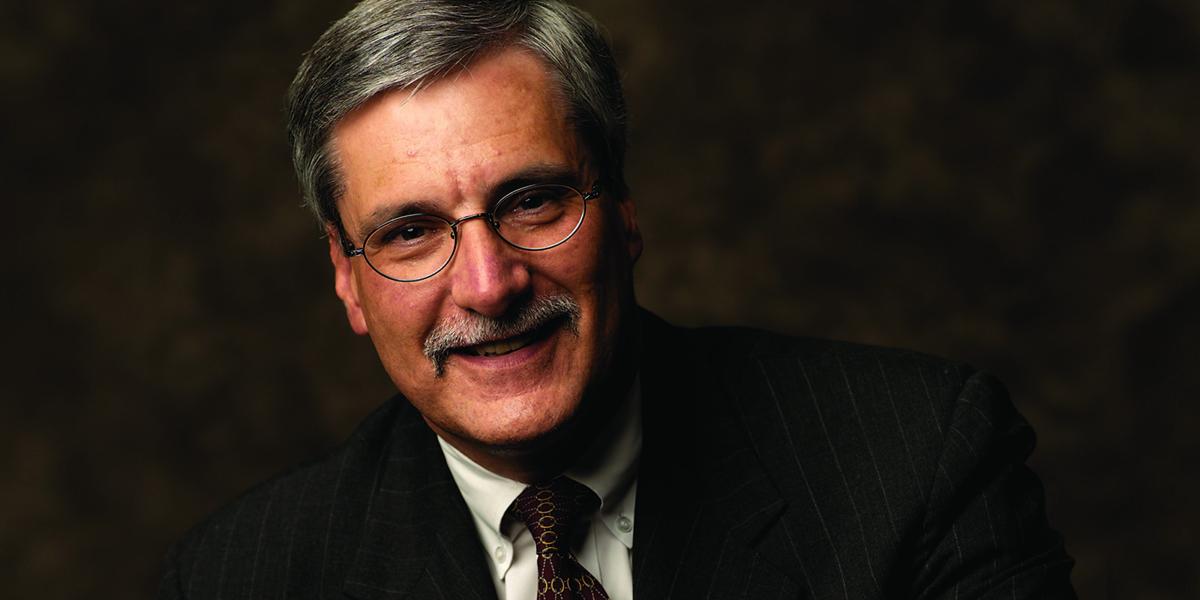Open Mike: Reform 2.0
Every system is perfectly designed to obtain the results it produces. Ours produces poor outcomes, inadequate access and great inefficiency.
I have to find a new doctor.
Last month, my primary care physician wrote me a letter. He said he was leaving private practice. He’s an outstanding physician—a doctor’s doctor whom I’ve known since he was a medical student. His reason for closing up shop? The sheer frustration of getting paid by private insurance companies.
When a physician of his stature and skills departs private practice for a reason like that, it is an indictment of our health care system—that is, if we had a health care system. We all know the U.S. has great physicians and the world’s best medical technology. But the best health care system? Not in the least. Our crazy patchwork quilt is an accident of history and one that we need to fix. It fails us in so many ways, from its gross inefficiencies to the fact that it has left 47 million Americans without health insurance.
The evidence of our ailing health care system is pretty clear: Despite spending twice as much (more than $7,100 per capita) as the rest of the industrialized countries, we have poor health outcomes. Our life expectancy is below many other industrialized countries’ and perhaps more significantly our life expectancy has improved less than that of nearly all industrialized countries in the last 20 years. On some health status indicators the U.S. is near the top, on many near the middle and on some near the bottom. Not very good value for the extra money we spend. Where does the money go? Some of it is lost to in- efficiency. We all know you get 10 pieces of mail for every procedure or hospital visit and almost certain confusion about what you’re supposed to pay. In addition, our fee-for-service model encourages utilization of resources, especially expensive technology. Lastly, systems that emphasize primary care have lower costs and better outcomes than those that don’t, but we have created incentives that push physicians away from primary care and into increasing specialization.
We have inherited a system that doesn’t work and desperately needs to be fixed.
This was the challenge that President Barack Obama vowed to address. Six months ago, his administration’s leadership on health care looked like our best chance in a generation for genuine reform. However, the political compromises that have been made thus far make it clear this historic opportunity will probably increase the number of Americans with insurance coverage but not reduce growth in costs.
To put things in perspective, let’s look back on another historic opportunity that our government did embrace. Almost half a century ago, our government committed to improving the health and economic welfare of older people in the U.S. by creating Medicare. And Medicare has been a tremendous success. Before it was instituted, 29 percent of those 65 and older lived in poverty. After Medicare, that proportion fell to about 10 percent because it provided health insurance coverage to all Americans over age 65. Since then, the health status of older people has improved markedly. Even its critics admit that Medicare’s administrative costs are a fraction of those of private insurers.
Medicare is not perfect, of course. Despite its warts, however, Medicare has been a success and a huge benefit to our older population. Now, we need to take that kind of step for the rest of Americans.
As I write this, I am not sure what the outcome of health care reform efforts will be. The sausage will go through the grinder, and we’ll get, in my view, a suboptimal solution. Far from wallowing in disappointment, however, I’m moving on and so should our country. President Obama’s reforms can serve as the foundation for the more comprehensive fix that’s needed. Call it Reform 2.0.
If we want true health care reform, we need a single-payer system. In this system, the government would act as administrator, paying for all patient visits, prescription drugs, medical procedures, and so on. Instead of thousands of different insurance companies, HMOs and others with all of their separate forms and billing contacts, doctors, hospitals and others would deal with a single administrator—eliminating waste in our system. At a large hospital, this would dramatically reduce overhead costs, allowing hundreds of people to be retrained so that their talents could be directed to ways that would have greater societal benefit than paper shuffling.
Those of you shaking your heads and saying it can’t be done should know that it has been done—repeatedly. Korea in the 1980s and Taiwan in the 1990s, for example, revamped their health care systems. They have multiple insurers but all follow the same rules. Korea’s and Taiwan’s leadership (including many of our alumni) scrutinized health care programs around the world and chose a system that works best. It is not socialized medicine. The hospitals and providers do not work for the government, they work for private organizations. They just don’t have to deal with the time-sapping, unnecessary administrative burdens of our inefficient system.
Every system is perfectly designed to obtain the results it produces. Ours produces poor outcomes, inadequate access and great inefficiency. It places tremendous burden on both providers and payers and drives great doctors like mine to other careers. As hard as it is, we must completely reform our system. Otherwise we risk bequeathing to the next generation the same problems we struggle with today.
